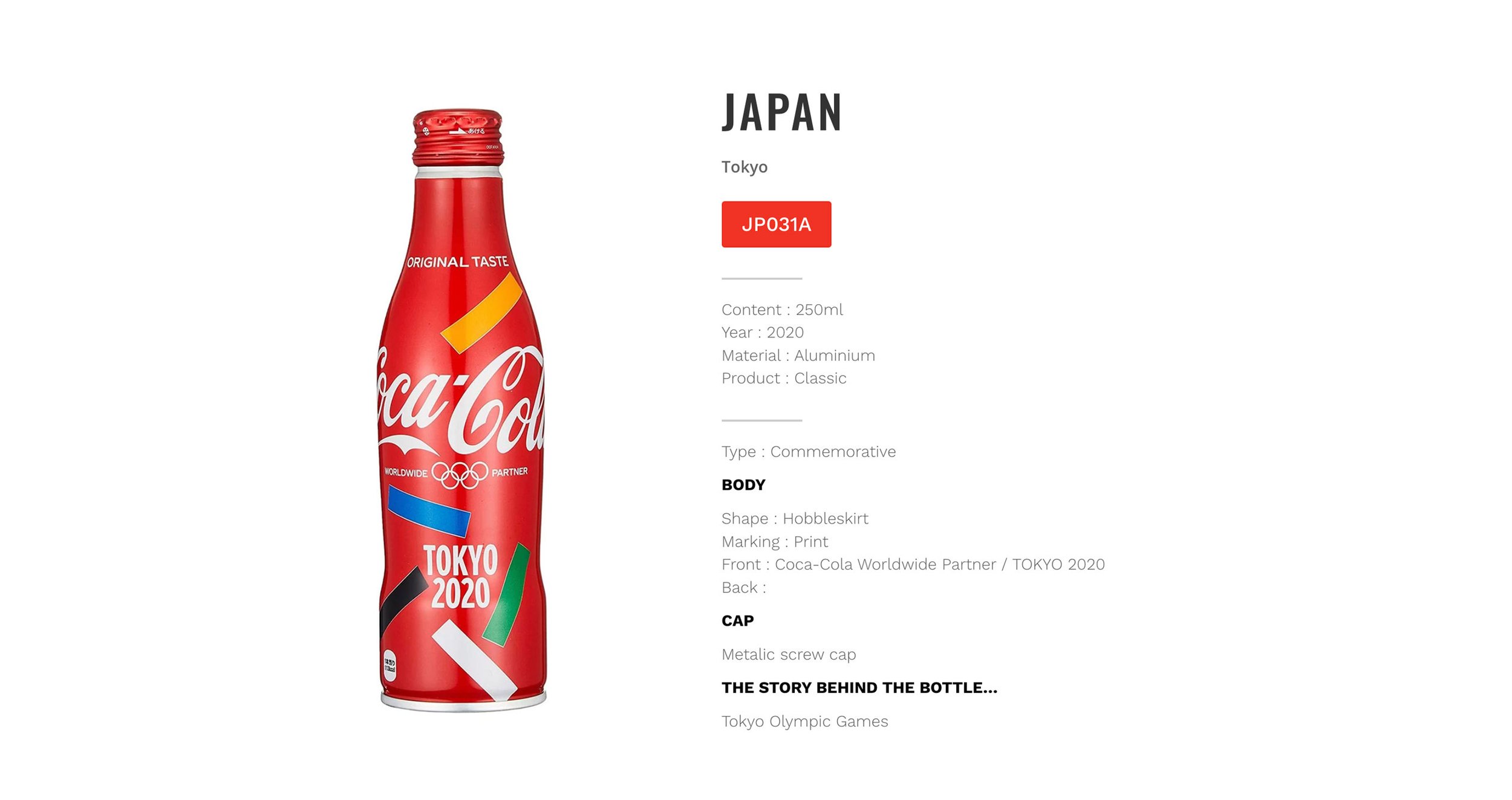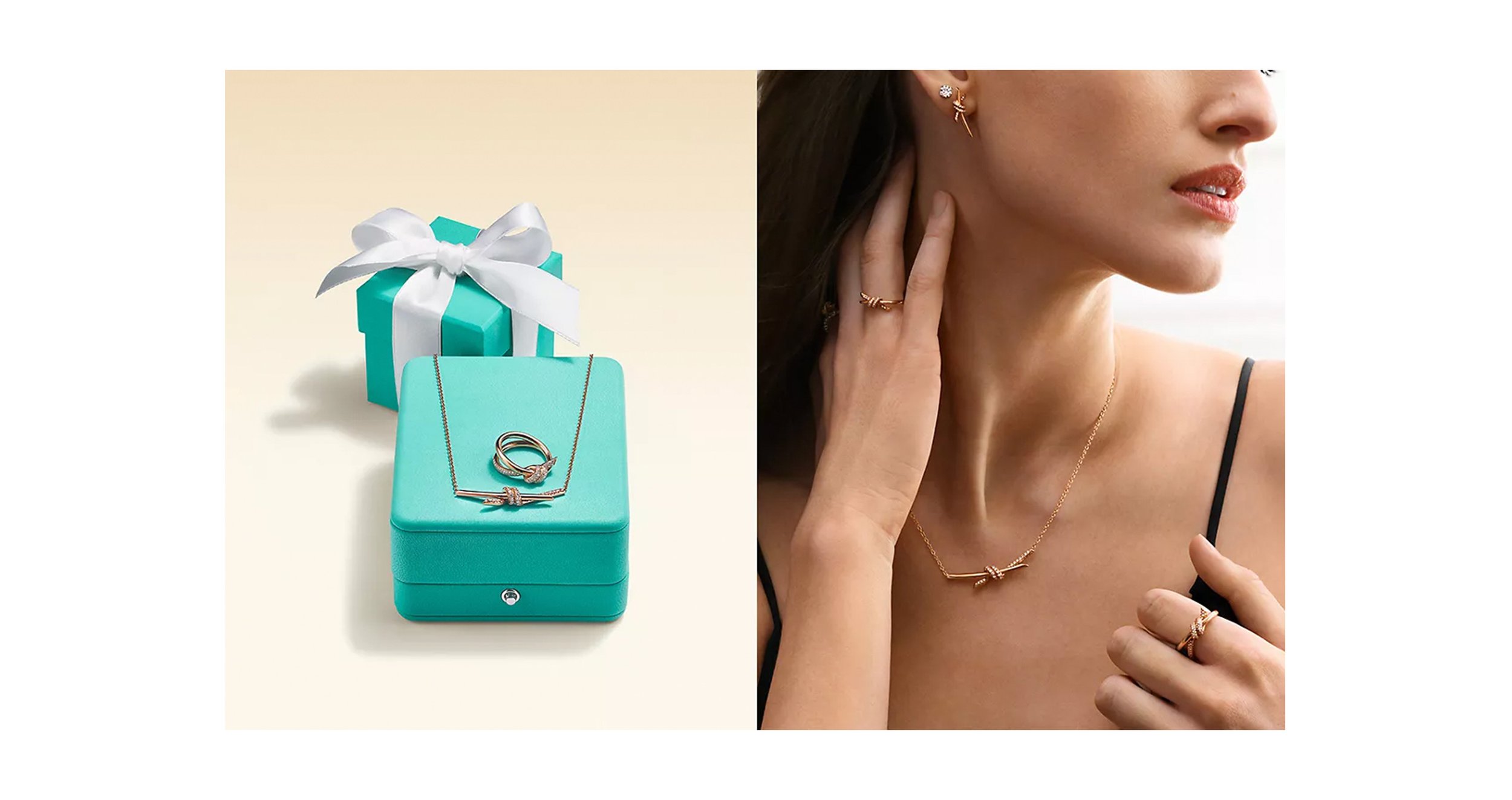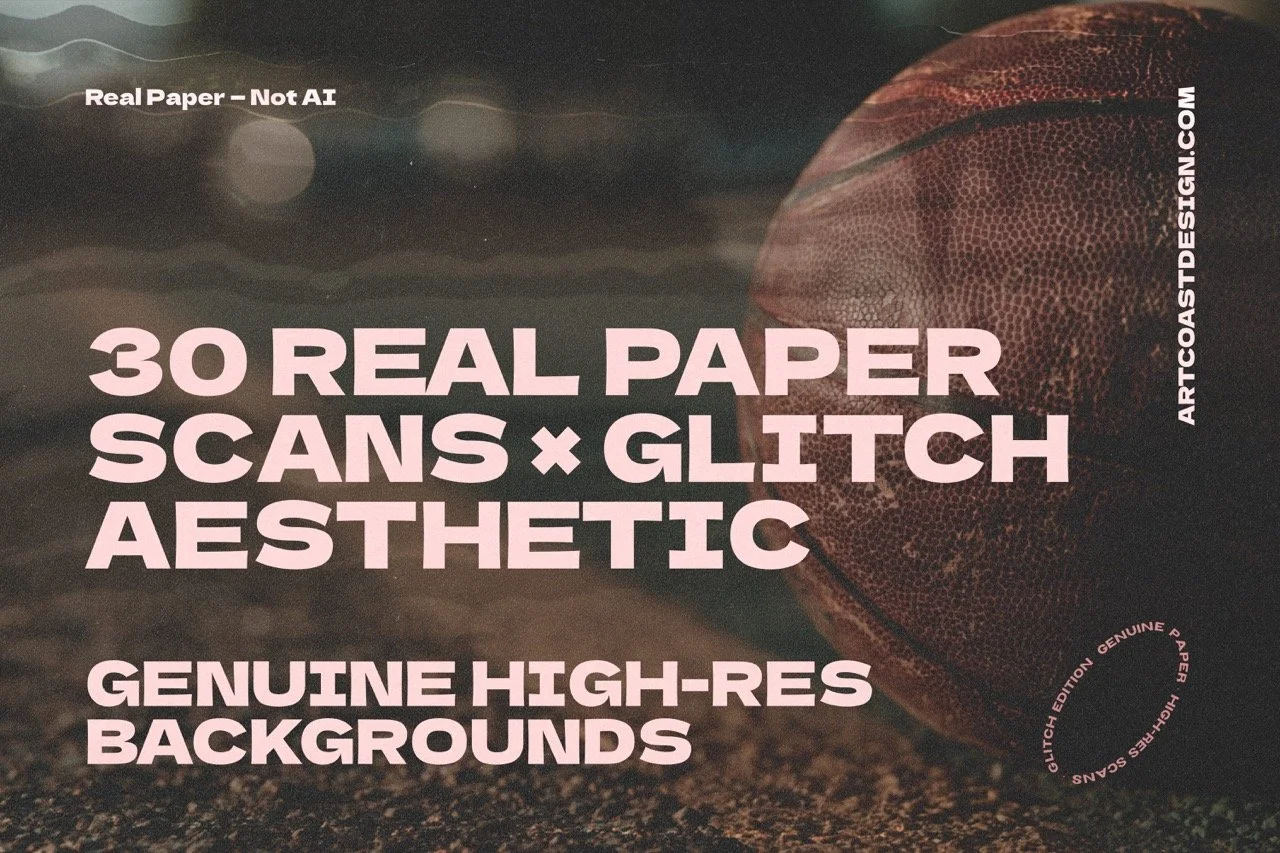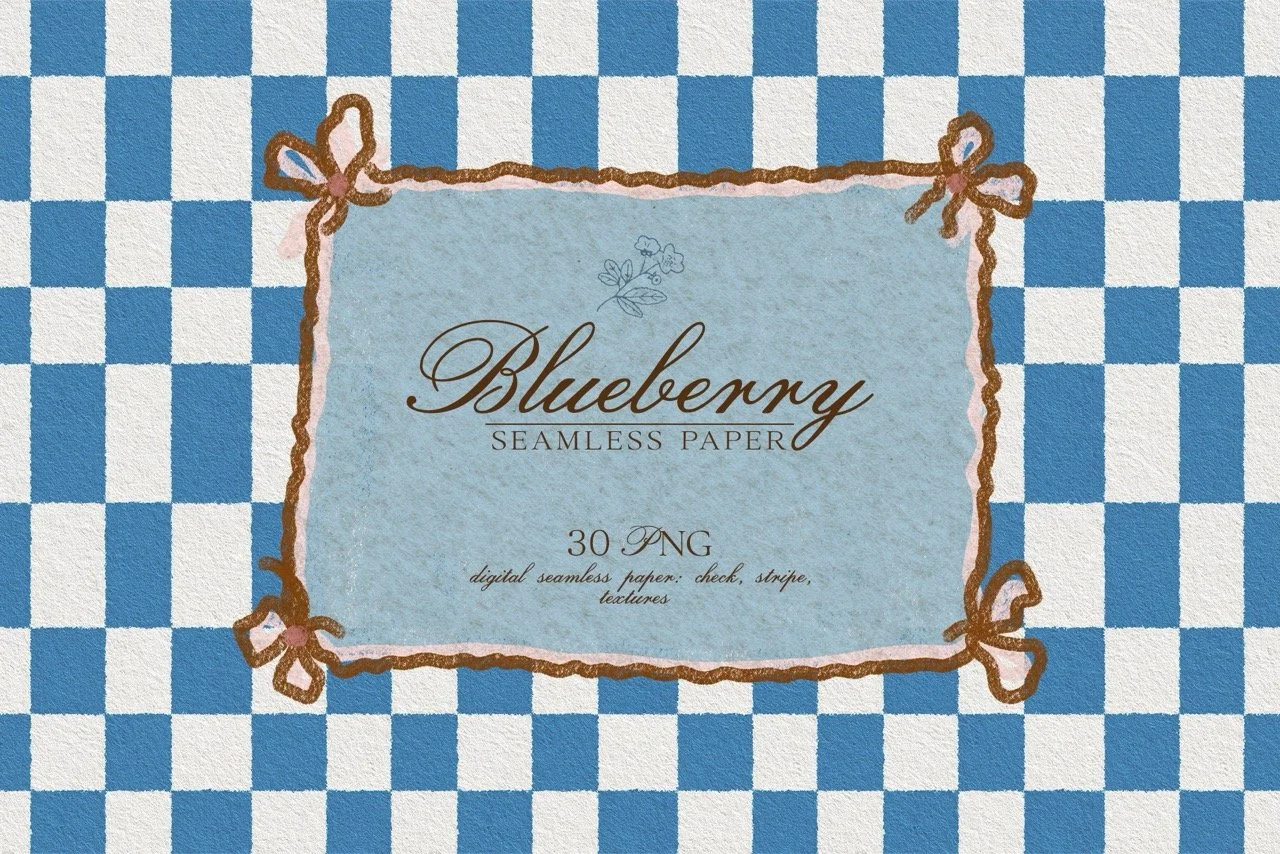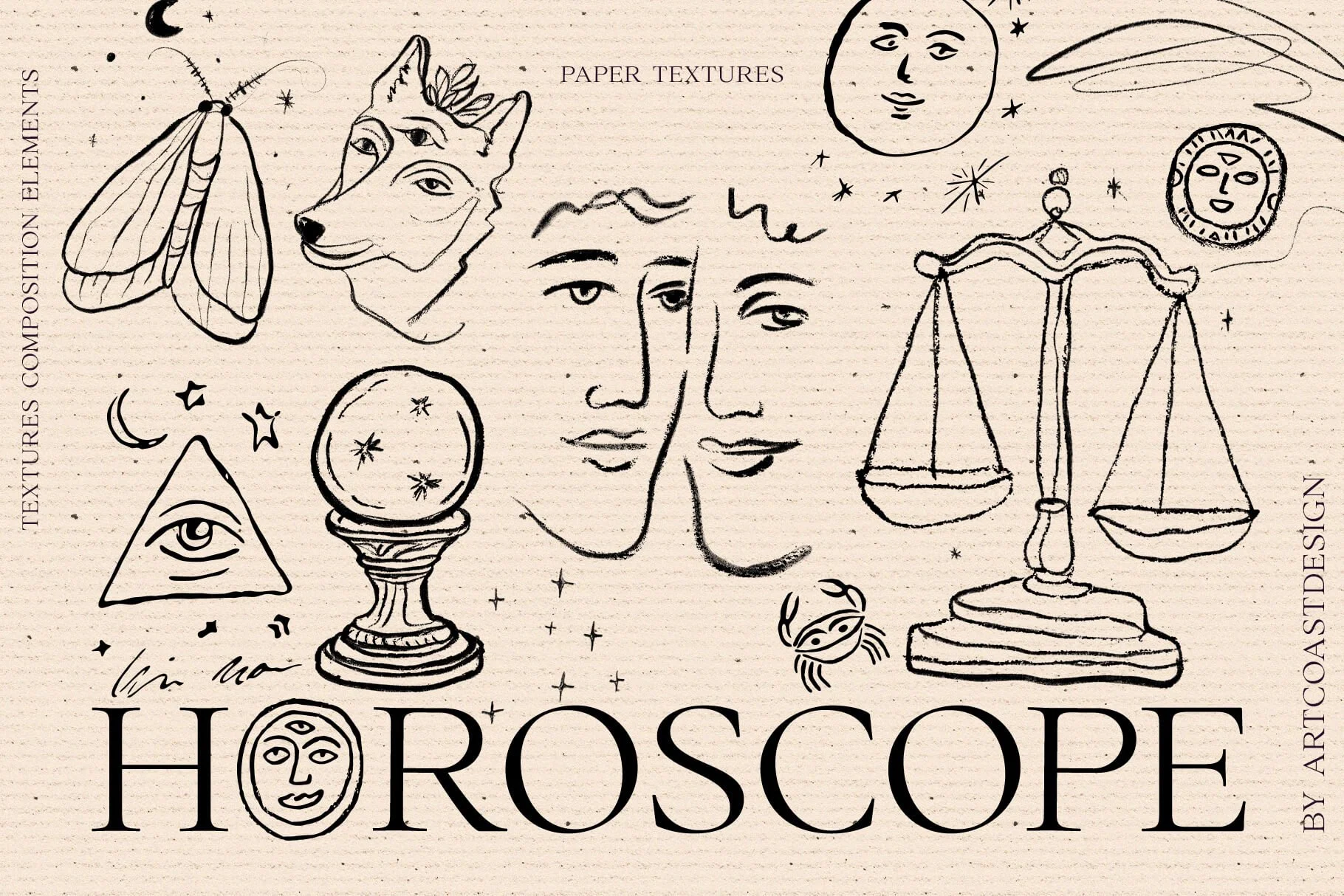Packaging Design: The Art of Creating Attractive and Functional Packaging
Packaging design is an essential aspect of the marketing mix, as it plays a vital role in attracting consumers and enhancing the overall appeal of a product. A well-designed package not only serves as a protective cover but also creates a memorable experience that can set your product apart from the competition. In this article, we'll explore the art of creating attractive and functional packaging, with examples to inspire your next project.
The Importance of Packaging Design
Attracts Attention: In a crowded marketplace, eye-catching packaging can make all the difference. A unique design captures the attention of potential customers, inviting them to explore the product further.
Example: Coca-Cola's limited edition bottles / Image by Cokedatabase
Communicates Brand Values: Packaging design can be an effective way to convey your brand's personality and values. Consistent use of colors, typography, and imagery can help establish a strong brand identity that resonates with your target audience.
Example: Method's eco-friendly cleaning products / Image by Method
Provides Information: Well-designed packaging should clearly communicate essential product information, such as ingredients, usage instructions, and safety warnings. This not only educates the consumer but also builds trust and credibility.
Example: Innocent Smoothies' informative and playful packaging / Image by Innocentdrinks
Enhances the User Experience: Functional packaging can make a product more convenient and enjoyable to use. This can lead to increased customer satisfaction and brand loyalty.
Example: Heinz's upside-down ketchup bottle / Image by Heinz.ru
Creating Attractive and Functional Packaging: Key Principles
Balance Aesthetics and Functionality: Striking the right balance between visual appeal and practicality is crucial. While it's essential to create a visually engaging package, it should also be easy to open, handle, and store.
Example: Puma's Clever Little Bag
Focus on Typography: Typography is a powerful tool in packaging design. Choosing the right font and typography hierarchy can greatly enhance the readability and overall aesthetic of your package.
Example: Aesop's minimalist and typographically-driven packaging / Image by Aesop
Use Color Strategically: Color can evoke emotions, create associations, and even influence purchasing decisions. Be mindful of color psychology and cultural context when selecting a palette for your packaging.
Example: Tiffany & Co.'s iconic blue box / Image by Tiffany
Consider Sustainable Materials and Practices: Sustainable packaging is not only environmentally responsible but can also appeal to eco-conscious consumers. Explore eco-friendly materials, such as recycled paper or biodegradable plastics, and minimize waste in your packaging design.
Example: Lush's packaging / Image by Lush
In conclusion, the art of creating attractive and functional packaging lies in striking the perfect balance between aesthetics and practicality. By focusing on typography, color, and sustainable practices, designers can create memorable packaging that effectively communicates brand values and enhances the user experience. With the right approach, your packaging can become a powerful marketing tool that sets your product apart in a competitive landscape.

